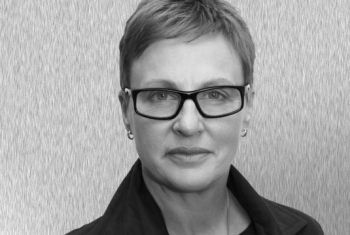Not Just A Fad

Environment
Long Lasting
Not just a Fad?
It is important for every seller to keep an eye on consumer buying habits in their product market, however it is more important to understand whether those habits are trends or merely fads. It’s easy to confuse the two; but to provide the right products for your clients, you need to be able distinguish between them.
Fads are products that quickly catch on with a group of people, they come out of nowhere, the sale of those products skyrocket quickly and then slump as fast as they shot up.
The problem occurs when a company mistakes a fad for a trend, by the time a fad product’s popularity is recognized and and it is put into development/production/sale, that product is already on its way out. Prices spiral downward, and the company ends up holding a lot of inventory no one wants and have spend a huge amount to get the product developed.
Selling fads is a matter of being in the right place at the right time. Because fads aren’t fueled by consumer wants or needs, there’s no repeat group of customers to whom the products can actually be marketed to. It is nice for a company to be able to jump onto one fads bandwagon, but jumping from fad to fad is not a good long-term business strategy nor sales strategy.
The Sustainable Selling Approach
Trends, on the other hand, are usually the result of other past trends that have merged and developed. Based on buyer lifestyles, trends move with rhyme and reason, and tend to progress and morph over time, rather than abruptly disappear. Upcoming trends are shaped primarily by consumer values. If the things that matter are correctly monitored within the target market – the issues clients talk about, and the things on clients’ minds – you’ll see those ideals reflected in current trends.
Examples:
- Recent concern for the environment has resulted in a surge of “green” products in nearly every product category.
- Recent concern for the environment has resulted in a decline of products that were not “replaced” by other products
- An enduring demand for the best of everything has given rise to luxury or “premium” offerings in markets from food and beverages to baby strollers to laundry detergents to RV accessories.
The advantage of working with trends is that they can be tracked and predicted. If you’re carefully following the trends in your market, you’re going to have a good idea of where they’re going next and what products you should begin sourcing now. Because you’re dealing with a target group of consumers to whom you can repeatedly sell a diverse array of products that relate to a common need or interest, you can achieve sustainable selling success.
Which is Which?
To determine whether you’re looking at a trend or a fad, simply ask yourself what the reason is behind this buying development: Is there a consumer desire or need? A lifestyle change? Can you identify a trend or multiple trends out of which it has grown? If so, you’re dealing with a trend. If there’s no rhyme or reason (think of the pet rock), then you’ve pinpointed a fad and should think very carefully before investing your inventory dollars.
Understanding the difference between fads and trends is critical to sustainable selling. If you can recognise trends in your product niche you will be able to bring your clients the products that resonate with their current concerns and priorities, and stay relevant to your clients needs.

Speak to us about your needs.
Barrett Sales Blog





